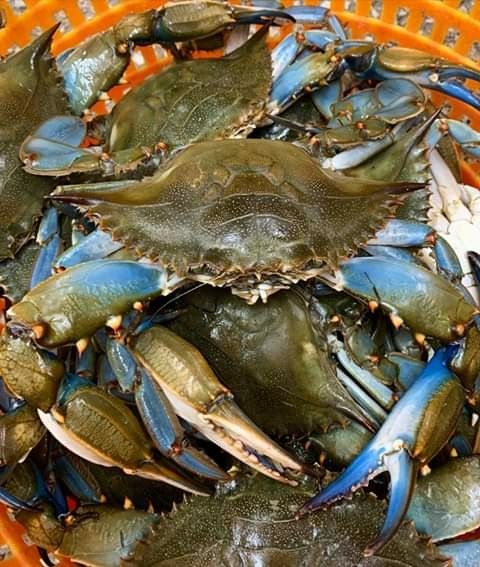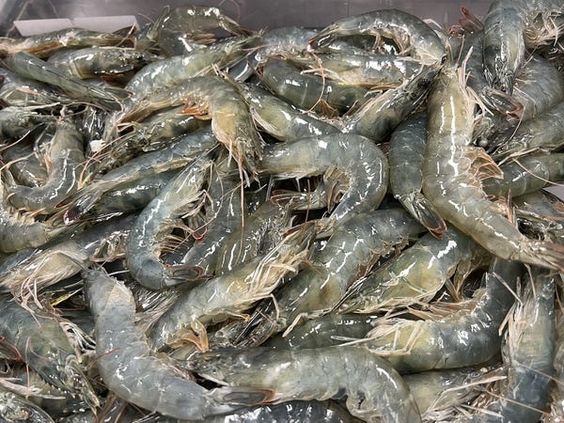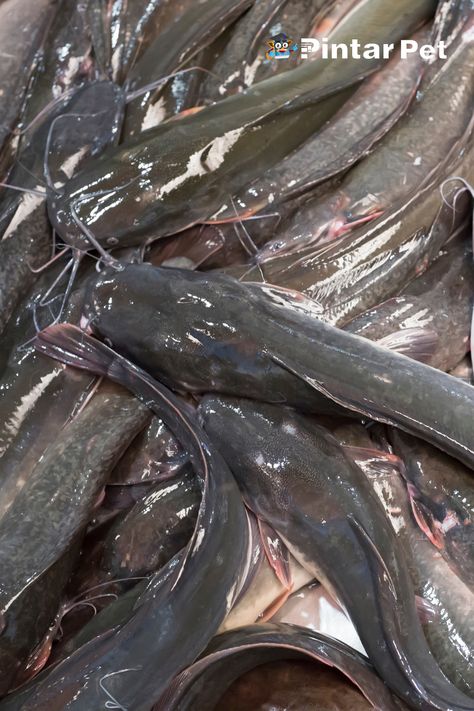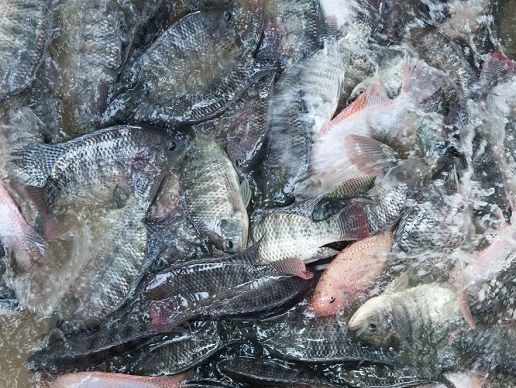The Ultimate Guide to Crab Farming Box for 2024: Boost Your Farming Efficiency!
Crab Farming Box is rapidly becoming a profitable venture for both small-scale and commercial farmers. As seafood demand rises globally, crabs, particularly species like mud crabs (Scylla spp.) and blue crabs (Callinectes sapidus), are some of the most sought-after seafood. A significant part of ensuring success in crab farming is utilizing the right tools and systems, such as crab farming boxes.
Contents
What is a Crab Farming Box?
A crab farming box is a specialized structured enclosure designed to house crabs in a controlled environment, ensuring their optimal growth and health. These boxes serve as an essential component in modern aquaculture practices, offering a reliable method for crab farmers to manage and monitor their stock effectively. By creating a secure habitat, crab farming boxes help promote the well-being of crabs while reducing the risks associated with open-water farming.
One of the primary benefits of using crab farming boxes is the enhanced control over water quality. Maintaining the right salinity, temperature, and oxygen levels is crucial for crab survival and growth. These boxes are typically equipped with features that allow for easy water management, including filtration systems and aeration devices, which can be adjusted to meet the specific needs of the crab species being cultivated.
Moreover, crab farming boxes play a significant role in disease prevention. By isolating crabs in individual or collective boxes, farmers can monitor their health more closely and implement necessary biosecurity measures to prevent the spread of diseases. This isolation is particularly important during sensitive life stages, such as molting, when crabs are most vulnerable.
Why Use Crab Farming Boxes?
Crab farming boxes offer several advantages:
- Disease Control: Crabs in open waters are susceptible to diseases, pollution, and poor water quality. Farming boxes allow farmers to monitor and manage these risks effectively by controlling the water quality and feed that crabs are exposed to.
- Easy Maintenance: Regular maintenance of water conditions and hygiene becomes easier when crabs are housed in individual or collective boxes.
- Space Efficiency: The use of crab farming boxes allows for stacking and space optimization, especially in small-scale operations.
- Selective Harvesting: With farming boxes, it’s easier to monitor crab growth and selectively harvest the most mature individuals without disturbing the rest of the population.
- Minimized Cannibalism: One challenge in crab farming is the high rate of cannibalism among the species, especially during molting stages. Crab farming boxes help isolate individual crabs, preventing this issue and ensuring higher survival rates.

Types of Crab Farming Boxes
Crab farming boxes come in different shapes and materials, tailored to the needs of the farmer and the species being farmed. Here are the most common types:
1. Plastic Boxes
These boxes are often used because they are lightweight, durable, and resistant to corrosion. The design typically includes slits or perforations that allow water flow while preventing the escape of crabs. They are easy to clean and can be stacked on top of each other to maximize space. Plastic boxes are also affordable and come in various sizes depending on the species farmed.
2. Net Enclosures
Net-based boxes allow for a higher flow of water, mimicking the crab’s natural environment. They are typically suspended in water bodies, allowing for a continuous exchange of fresh water. Net enclosures are used in regions where the crabs are farmed in ponds or large tanks, where water quality is easier to maintain.
3. Wooden Boxes
Traditional crab farming in some parts of Asia uses wooden boxes. These boxes are made from durable, water-resistant woods and are submerged in natural bodies of water. Although they are more labor-intensive and can degrade over time, they offer a more natural habitat for crabs compared to plastic.
4. PVC Frames with Nets
PVC frames with nets are another popular choice. These structures are designed to be suspended in ponds, lakes, or brackish water sources. The PVC provides a sturdy framework, while the net allows free water movement. They are relatively easy to build and maintain, making them a popular DIY option for small-scale farmers.
Setting Up a Crab Farming Box System
Setting up an efficient crab farming box system requires careful planning and execution. Below are the key steps to get your system up and running.
1. Choosing the Right Location
The first step is selecting a suitable location for your crab farming boxes. Ideally, the site should have access to brackish water, where the salinity levels can be maintained between 10 and 30 ppt (parts per thousand), as crabs thrive in these conditions. Ponds, lakes, or coastal areas with access to both freshwater and seawater are ideal.
2. Water Quality Management
Water quality plays a crucial role in crab farming. Regular monitoring of water parameters such as temperature, salinity, dissolved oxygen, and pH is essential. Crab farming boxes require a constant exchange of water to ensure crabs have access to fresh, oxygenated water. Filtration systems or regular water exchanges are necessary to prevent the buildup of waste and toxins.
3. Design and Construction
When constructing crab farming boxes, consider the following factors:
- Material Selection: Use materials that are resistant to corrosion, waterlogging, and microbial growth. Plastic or PVC is often the most practical and durable choice.
- Size: The box should be large enough to allow the crab to move freely but small enough to prevent escape. Typically, for mud crabs, the size of the box is around 30 cm x 30 cm x 40 cm.
- Water Flow: Ensure that the boxes allow for water circulation, either through perforations, slits, or mesh, depending on the design.
- Stacking and Arrangement: In commercial setups, crab farming boxes are often stacked to optimize space. However, ensure there is enough space between the boxes to allow for water circulation.
4. Stocking Density
Stocking density depends on the size and species of crabs. Overcrowding can lead to stress, increased aggression, and cannibalism, so it’s essential to maintain optimal stocking levels. Generally, 1 to 2 crabs per box is recommended for mud crabs.
Maintenance and Monitoring of Crab Farming Boxes
Maintaining a healthy environment for crabs is critical for their growth and survival. Here’s what needs to be done to keep the boxes in optimal condition:
1. Water Quality Checks
Regular testing of water parameters is essential to ensure the health of the crabs. Testing kits for salinity, dissolved oxygen, ammonia, and pH levels should be part of your regular maintenance routine. Water quality should be checked daily or weekly, depending on the size of the operation.
2. Cleaning and Disinfection
Crab farming boxes should be cleaned regularly to remove algae, debris, and waste. This is especially important if you’re farming in a closed system or using tanks. Disinfection of boxes and equipment should be done periodically to prevent the spread of disease.
3. Monitoring Crab Health
Crabs in farming boxes are susceptible to diseases caused by poor water quality, overcrowding, or nutrient deficiencies. Regular monitoring of their health is crucial. Signs of poor health include lethargy, discoloration, and abnormal behavior such as constant hiding.

Challenges in Crab Farming with Boxes
Like any farming system, crab farming boxes come with their set of challenges that farmers must navigate to achieve optimal production. Understanding these challenges is crucial for implementing effective management strategies to ensure the success of crab farming operations.
1. Water Exchange
One of the primary challenges in crab farming boxes is maintaining a constant exchange of water. This task can be particularly difficult in regions where water resources are scarce or when facing water pollution issues. Inadequate water exchange can lead to suboptimal conditions for crabs, resulting in poor growth rates and increased susceptibility to diseases. Farmers must be diligent in managing water quality by regularly testing for parameters such as salinity, temperature, and dissolved oxygen. Implementing efficient filtration systems and establishing a reliable source of fresh water can mitigate these issues and ensure a healthy environment for the crabs.
2. Disease Management
Enclosed environments like crab farming boxes are more prone to disease outbreaks due to the close proximity of the crabs. If one crab becomes ill, it can quickly spread pathogens to others, leading to significant mortality rates. This susceptibility underscores the importance of robust disease management strategies. Regular cleaning and disinfection of farming boxes are essential to minimize disease risks. Additionally, farmers should implement biosecurity measures, such as quarantine protocols for new stock and routine health monitoring, to detect and address health issues before they escalate. A proactive approach to disease management is vital for maintaining a thriving crab farming operation.
3. Feed Management
Efficient feed management presents another challenge in crab farming. Striking the right balance in feeding is crucial; overfeeding can lead to water contamination and increased waste, while underfeeding can stunt crab growth and reduce overall productivity. Farmers need to establish feeding protocols that consider the age, size, and nutritional requirements of the crabs. Utilizing high-quality feed and monitoring consumption rates can help ensure that crabs receive adequate nutrition without compromising water quality. Implementing automated feeding systems may also assist in delivering precise amounts of feed at scheduled intervals, further enhancing feed management practices.

Future of Crab Farming Boxes
The future of crab farming boxes is promising, driven by technological advancements and increasing global demand for seafood. Here are some trends that are likely to shape the industry in the coming years:
1. Increased Automation
As labor costs rise and the demand for efficiency grows, automation in crab farming is expected to increase. Automated feeding systems, water quality monitoring, and harvesting techniques will help farmers reduce labor costs while optimizing production.
2. Research and Development
Continuous research into crab genetics, health management, and feeding strategies will drive improvements in crab farming practices. Advancements in selective breeding can lead to faster-growing and disease-resistant crab strains, benefiting farmers.
3. Regulatory Compliance
As environmental concerns grow, regulations governing aquaculture are expected to become stricter. Crab farmers will need to stay informed about regulations and adopt practices that ensure compliance to avoid penalties and maintain a positive public image.
4. Consumer Awareness
As consumers become more aware of food sources, they will increasingly seek sustainably sourced seafood. Crab farmers who prioritize eco-friendly practices and transparency in their operations will likely see greater demand for their products.
Crab farming boxes offer a practical and efficient method for cultivating crabs in a controlled environment, ensuring better growth, health, and productivity. By adopting advanced techniques, understanding financial implications, and staying informed about industry trends, crab farmers can successfully navigate the challenges of aquaculture and thrive in a competitive market.






